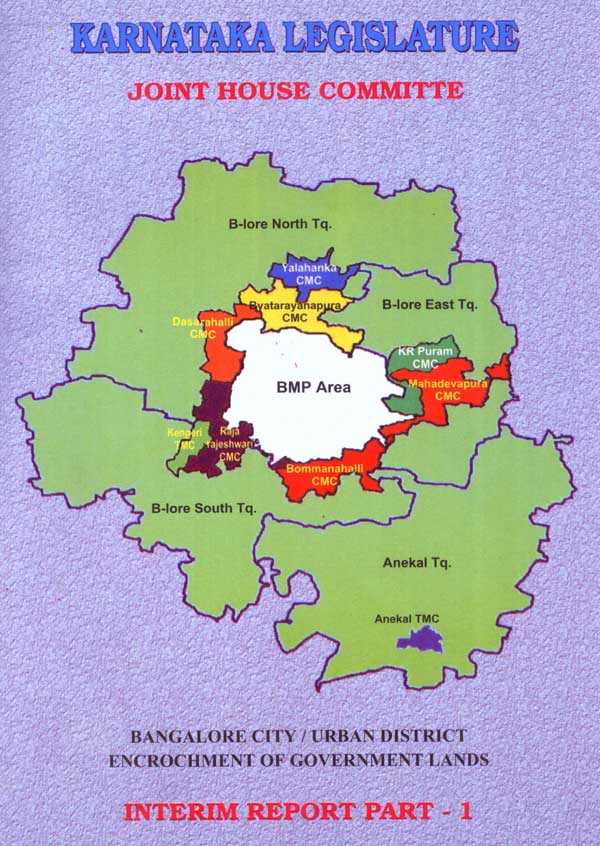/topics/governance
Governance
The Community Engineer - Knowledge Transfer/ Training
Posted on 09 Apr, 2010 12:08 PMWe are a group of engineers driven by a common aim of empowering engineers and technicians at grass root levels through training and knowledge transfer. We have for this purpose decided to manage a webpage to reach out to the professionals at municipality and panchayath level. The path is as follows.
Donations invited for projects supported by Water Pressures
Posted on 05 Apr, 2010 09:43 AMGuest post by Ann Feldman
Greetings everyone!
I have so much wonderful news to share with you that I don't know where to begin! In some way, over the past 20 years, you have been involved with nonprofit artistic circles and our social media projects. Our current project is the Water Pressures video documentary and educational exchange between India and the U.S.
Model for self-financing ecological sustainable local development projects for the world's poor - Full year e-learning course
Posted on 03 Apr, 2010 09:01 PMThis website describes the principles and techniques of self-financing, ecological, sustainable local integrated development projects for the world's poor in detail. In each project area with about 50.000 people social, financial, productive and services are set up in a critical order of sequence to ensure a good quality of life everyone, without exclusion, in each project area. The Model gives full coverage to drinking water structures, rain-water harvesting and recycling of grey water for household level cultivation.
Fellowship Opportunity for Non-profit Leaders
Posted on 29 Mar, 2010 12:02 PMTake your leadership to the next level

Dug well recharge scheme (2007-08 to 2009-10) - Revised guidelines with amendments to the scheme by the Central Ground Water Board
Posted on 24 Mar, 2010 03:46 AMThe State sector scheme on artificial recharge to groundwater through dug-wells is under implementation over the first three years of the (current) XI Plan Period (2007-12), in 1180 over-exploited, critical and semi-critical blocks/ talukas/ mandals in seven states of the hard-rock peninsular region of India, namely Andhra Pradesh, Maharashtra, Karnataka, Rajasthan, Tamil Nadu, Gujarat and Madhya Pradesh. The target beneficiary of the scheme are farmers who have privately owned wells, in their agricultural land.
The state of water, sanitation and solid waste management in Doddballapur town - A research report by SVARAJ (2009)
Posted on 23 Mar, 2010 02:26 AM This research report by SVARAJ, is an attempt to assess the availability of basic civic amenities for the citizens of Doddaballapur (a peri-urban town, about 45 km from Bangalore) and the overall environmental condition of the town, as well as identify the aspirations of its citizens for a better, well-planned and inclusive town.
This research report by SVARAJ, is an attempt to assess the availability of basic civic amenities for the citizens of Doddaballapur (a peri-urban town, about 45 km from Bangalore) and the overall environmental condition of the town, as well as identify the aspirations of its citizens for a better, well-planned and inclusive town.
Ramaswamy Joint Legislature Committee Report on the encroachment of lands in Bangalore Urban district (2006)
Posted on 21 Mar, 2010 04:45 AM The Joint Legislature Committee on Encroachments in Bangalore Urban District, was constituted in June 2006 with 14 MLAs and 6 MLCs, with A T Ramaswamy as Chairm
The Joint Legislature Committee on Encroachments in Bangalore Urban District, was constituted in June 2006 with 14 MLAs and 6 MLCs, with A T Ramaswamy as Chairm an. The attached report contains translated excerpts from the original Kannada report released in 2007, as well as a complete detailed version of the interim reports.
an. The attached report contains translated excerpts from the original Kannada report released in 2007, as well as a complete detailed version of the interim reports.
The report written on the basis of spot inspections, land surveys and hearings of various government departments and statutory bodies, concludes that the various state bodies such as the Bangalore Development Authority, Bruhat Bengaluru Mahanagara Palike, City and Town Municipal Councils etc, miserably failed in their duties to protect Government and public land, and have become helpess, tolerant witnesses, and in many cases, active participants, abettors and promoters in these crimes in tandem with the land mafia.
NREGA news updates collated by the Foundation for Ecological Security (16-31 Oct 2010)
Posted on 21 Mar, 2010 03:45 AMArticle and Image Courtesy: Foundation for Ecological Security (FES)
Barrages as a better alternative to Polavaram dam project
Posted on 20 Mar, 2010 06:34 PMBARRAGES AS A BETTER ALTERNATIVE TO POLAVARAM DAM POJECT
(Replies to Discussion Report of Advisory Committee on alternate proposals made for
Polavaram project by Sri.T.Hanumantha Rao, former Engineer-in-Chief, AP State)





